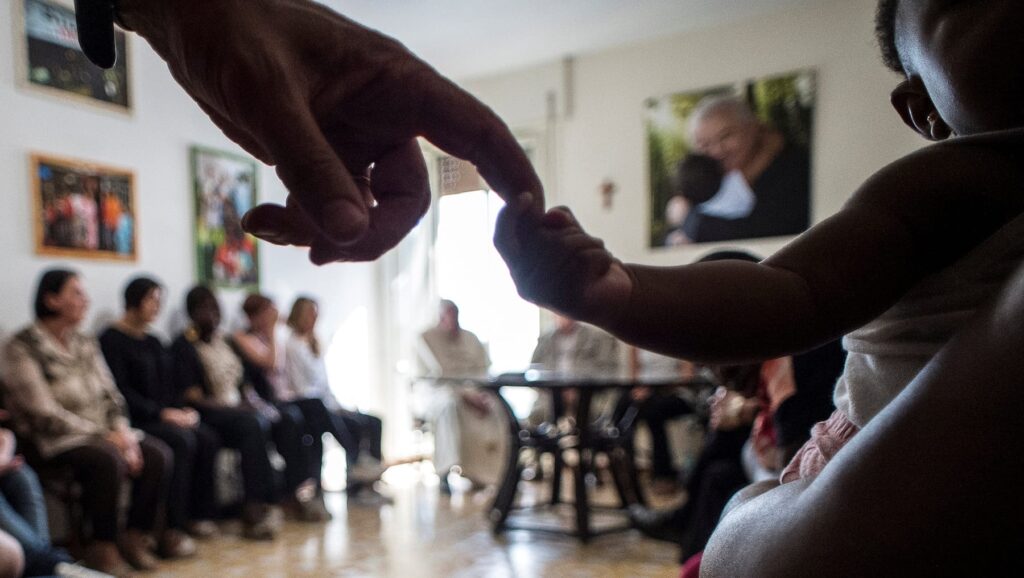Every 30 July, the United Nations observes the Day Against Trafficking in Persons, calling the attention of the international community to the scourge of trafficking of human beings, which impacts hundreds of thousands of people in every country of the world. Trafficking is sometimes referred to as a “contemporary form of modern slavery.”
The observance draws on the annual Global Report on Trafficking in Persons, published by the U.N. Office on Drugs and Crime. The most recent report includes data on the status of trafficking in persons in 2024, as well as attempts to eradicate it. While it is not the purpose of this article to go into detail on the report (I would, nonetheless, invite the reader to click the hyperlink above and at least thumb through the report), I will highlight some of its most significant points:
- The number of trafficking victims detected globally is on the rise again after falling during the COVID-19 pandemic.
- Child victims are increasingly detected globally, with distinct patterns emerging for boys and girls.
- Trafficking for forced labor is rising, and the criminal justice response is lagging behind.
- Women and girls continue to be the majority of victims worldwide.
- Most trafficking in persons is perpetuated by organized crime.
- Victims are trafficked globally through an increasing number of international routes, with African victims trafficked to the highest number of destinations.

Although progress against human trafficking is notoriously incremental and expectations are modest, to put it mildly, the 2024 report is more disappointing than usual. One searches for possible reasons why this may be the case. Has anything changed or is anything changing that might promote trafficking or hinder efforts to eradicate it?
One often sees mention of “drivers” in relation to emigration. These refer to the social, political, economic or environmental conditions that would motivate or even force people to leave their homeland. Such drivers exist for human trafficking as well.
Doomed by its geographical position among three continents, the Middle East has been the site and source of conflict for 4,000 years. However, after the megadeath of 100 million people in conflicts between 1914 and 1944, the beginning of a “nuclear age” and the founding of the United Nations, there was a 60-year period of relative global peace.
Although impossible to date accurately, that peace began to erode around the turn of the millennium. Great power (U.S. and Russian) evasion and increasing disregard for Article 2:4 of the U.N. Charter (“All members shall refrain in their international relations from the threat or use of force against the territorial integrity or political independence of any state, or in any other manner inconsistent with the purposes of the United Nations”) opened the way for new conflicts between great powers, even if through proxy wars, contributing to the largest migration of peoples in recent centuries.
Today, conflict in the Middle East has attained new and horrible levels. The October 2023 attack of Hamas against Israel resulted in a war many consider to be genocidal, with more than 50,000 Palestinian non-combatants killed. In addition, the Israeli Defense Forces have sporadically bombed Lebanon, Syria, Yemen and Iran, sometimes in retaliation and often with support from the United States. Conflict and violence in the Middle East have reached a level not seen in almost a century.

War is clearly a driver of emigration, but also of human trafficking.
The Geneva Academy of International Law monitors armed conflicts throughout the world. It differentiates between international armed conflicts among countries and non-international conflicts within a country. At present, the Geneva Academy counts 114 armed conflicts in the world: 45 in the Middle East and North Africa; more than 35 in Africa; 21 in Asia; seven in Europe; and six in Latin America.
The data from the Geneva Academy demonstrates armed conflict is a driver of human trafficking. How can it not be! Armed conflicts generate large numbers of refugees, the majority of whom are defenseless children, women and others. Armed conflicts destroy families, increase the need for child soldiers, as well as the demand for girls and women in the sex trade. Armed conflicts mean horror, misery, abuse and untold suffering for hundreds of thousands, if not millions of people.
If trafficking in persons is ever to be eradicated, we must not lose sight of the fact that armed conflicts also bring untold wealth and power for those in the arms trade, who are not only merchants of death, but also drivers of trafficking in persons.